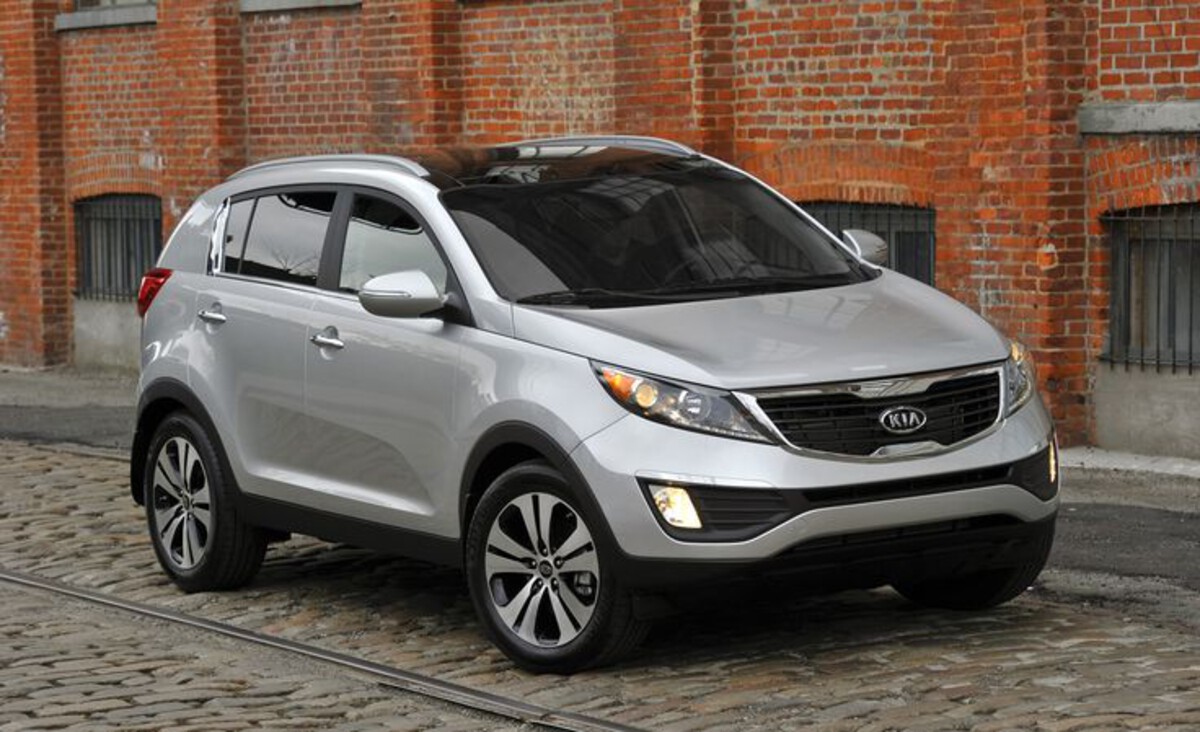Finding affordable car insurance is a top priority for many drivers in the United States, especially when monthly expenses continue to rise.
The cost of insurance isn’t solely dependent on your driving record or where you live; your choice of car plays a significant role too.
Certain vehicles, thanks to their safety features, repair costs, and popularity among drivers, tend to attract lower insurance premiums.
As families, daily commuters, and first-time drivers look for ways to make smart financial decisions, understanding which vehicles help save money on insurance is more important than ever.
When insurers determine rates, they assess risk factors involving the make and model of your car. They consider the likelihood of theft, crash-test results, average repair expenses, and even the demographic profile of typical owners.
For instance, a car that consistently earns high safety marks and is cheaper to fix after an accident tends to be insured for less. Conversely, sports cars, luxury vehicles, and models favored by younger, risk-prone drivers often cost more to cover.
It’s essential to know that insurance rates can shift each year, depending on new industry safety ratings, claim statistics, and changes in parts availability.
Insurance companies regularly update their actuarial data, which means a car that was the cheapest to insure two years ago might not hold the same rank today.
For 2025, several practical and reliable vehicles stand out for their ability to deliver real-life savings on car insurance.
This article explores the current top picks so you can understand your options and see how choosing one of these vehicles can impact your insurance premiums.
Each car on this list is explored in depth to help you make an informed choice, whether you’re thinking of buying new wheels or simply curious about how your current ride stacks up.
Also Read: 10 Vehicles With Great Visibility for Short Drivers
1. Honda CR-V
The Honda CR-V remains a favorite not only among families but also among budget-conscious drivers who want to keep insurance premiums low. Year after year, insurers consistently rate the CR-V as one of the least expensive vehicles to cover.
Several factors contribute to this reputation: advanced safety features, exceptional crash-test performance, and reasonable repair costs combine to make the CR-V a less risky proposition for insurance companies.
The latest CR-V models come equipped with Honda Sensing®, an advanced suite of safety technologies that includes features like collision mitigation braking, road departure mitigation, adaptive cruise control, and lane-keeping assistance.
These accident-prevention systems have a proven impact on reducing claims, which directly helps in keeping insurance costs lower for drivers.
The CR-V’s durable build means it often suffers less damage in minor collisions, and when repairs are needed, the availability and affordability of parts prevent excessive garage bills.
Crash-test results from organizations such as the Insurance Institute for Highway Safety further support the CR-V’s status.
It frequently earns top scores for overall safety, and its strong vehicle structure helps protect occupants in side, rear, and head-on collisions. For insurers, this translates into lower predicted payouts for injuries and repairs.
Another aspect lowering the CR-V’s insurance rate is its popularity across various age groups. It’s especially common among older adults and families, who generally submit fewer claims than young drivers. This broad-based appeal signals fewer high-risk behaviors, a key metric considered by insurance companies.
Maintenance costs for the CR-V are generally lower than the segment average, so repair expenses after an accident won’t spiral out of control.
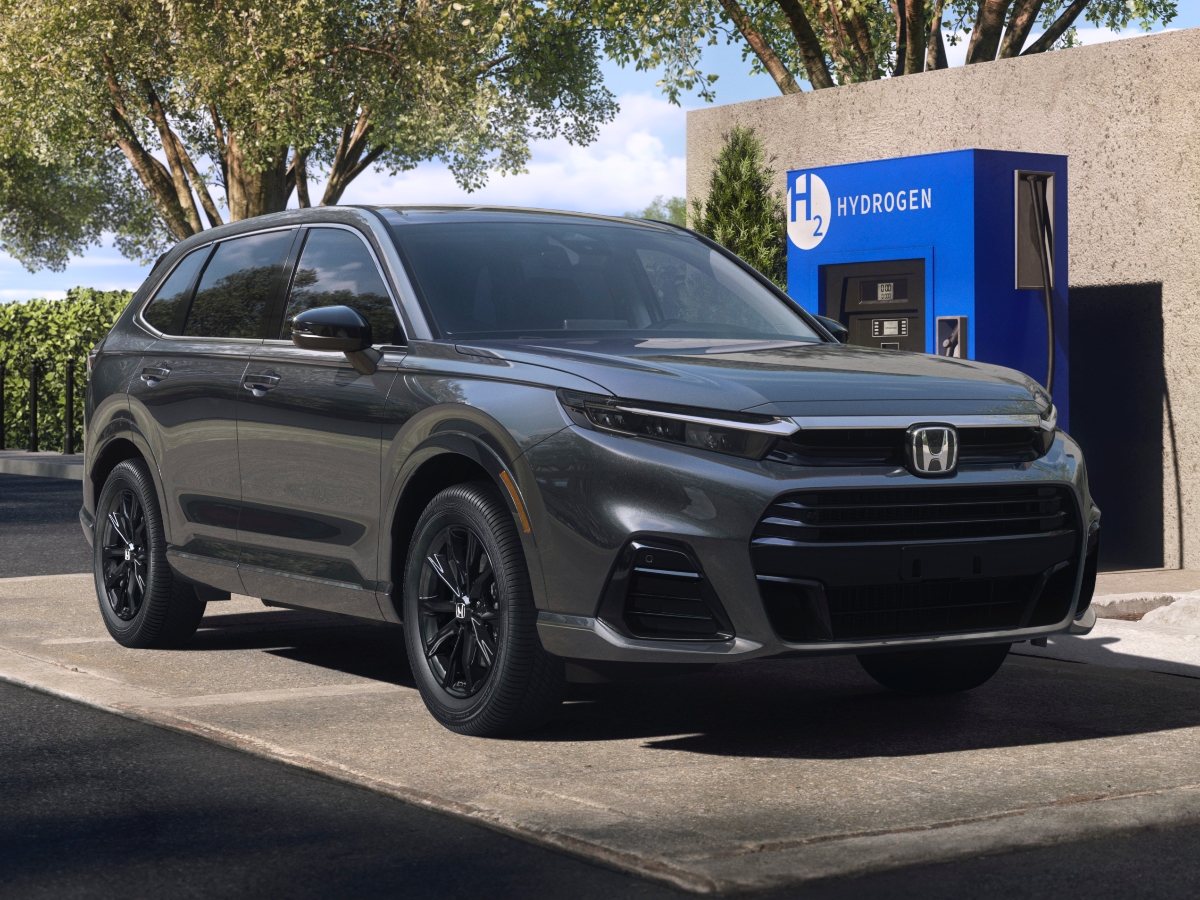
Additionally, the CR-V isn’t targeted by thieves as frequently as some rival SUVs, further minimizing risk from the insurer’s perspective.
Despite these advantages, drivers still benefit from calling around for insurance quotes, as rates can vary significantly from one provider to another.
2. Subaru Outback
Year after year, the Subaru Outback earns a spot on lists highlighting cars with the most affordable insurance. Its loyal following, excellent safety technology, and reputation for reliability all factor into its insurance attractiveness.
The Outback has established itself as a go-to vehicle for families, adventure-seekers, and drivers in snowy or rural regions populations that tend to make fewer high-risk insurance claims.
One of the most significant reasons insurers offer lower rates on the Outback is its impressive safety suite.
Subaru’s EyeSight Driver Assist Technology features adaptive cruise control, lane departure warning, and pre-collision braking, providing extra layers of protection that reduce the frequency and severity of accidents.
Crash-test agencies consistently award the Outback high safety marks, giving insurers real-world data proving the model’s ability to keep passengers safe and limit injuries.
Repair costs are another key consideration. The Outback is built with widely available parts and boasts a reputation for durability. Even if an accident occurs, owners are less likely to face sky-high repair bills an important factor that helps keep premiums low.
Insurance companies also factor in the Outback’s broad appeal. This model is a staple among practical, safety-conscious buyers rather than thrill-seeking drivers or young adults more likely to engage in risky behaviors. Thanks to this demographic, insurers can predict fewer accident claims.
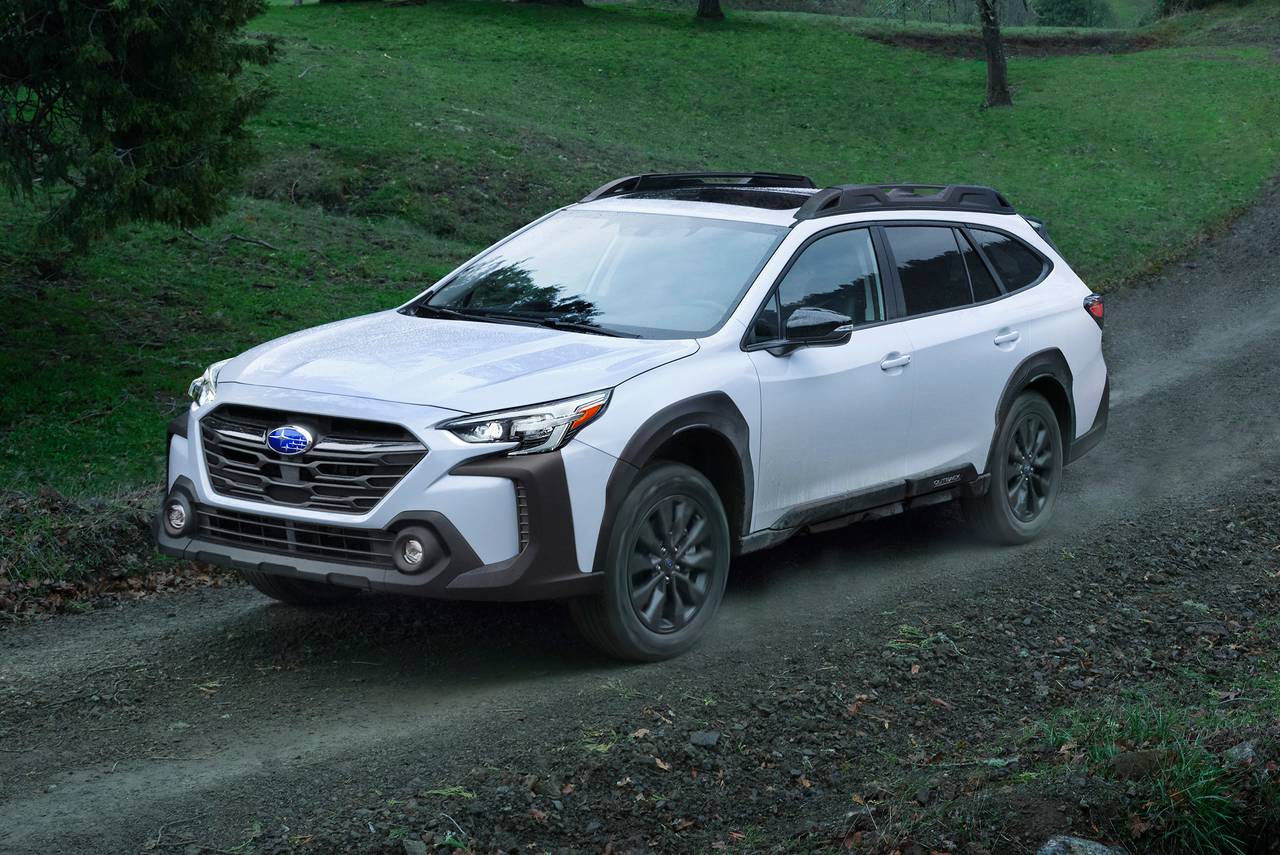
The Outback’s moderate price point ensures that it is neither a hot target for thieves nor particularly expensive to replace. Unlike high-performance or luxury vehicles, it falls into a sweet spot that balances everyday utility with affordability.
Another bonus for prospective buyers is the Outback’s consistently strong resale value, which signals long-term reliability and lower likelihood of serious, expensive insurance claims.
3. Jeep Wrangler
The Jeep Wrangler has a long-standing reputation as one of the cheapest vehicles to insure, despite its rugged, adventure-ready image. Its straightforward, no-nonsense design and unique features make it different from many SUVs in the insurance marketplace.
A main reason the Wrangler is so affordable to cover lies in its construction. With fewer expensive and fragile components, repairs are often quicker and less costly compared to more technologically advanced vehicles.
In addition, the Jeep’s design emphasizes durability the body-on-frame construction common in Wranglers withstands minor fender benders better than many crossovers or sedans.
The demographic profile of typical Wrangler owners also plays a part in keeping costs low. While the Wrangler’s reputation appeals to off-road enthusiasts, a significant owner base includes older adults and families who tend to be cautious drivers.
Statistically, this group doesn’t file as many claims as younger drivers with sports cars or high-powered sedans.
Insurance companies also note the Wrangler’s status as a lifestyle choice rather than a high-performance car. The Wrangler doesn’t attract the speeding or aggressive driving that sports cars often do, so claims related to reckless driving and serious collisions are notably lower.
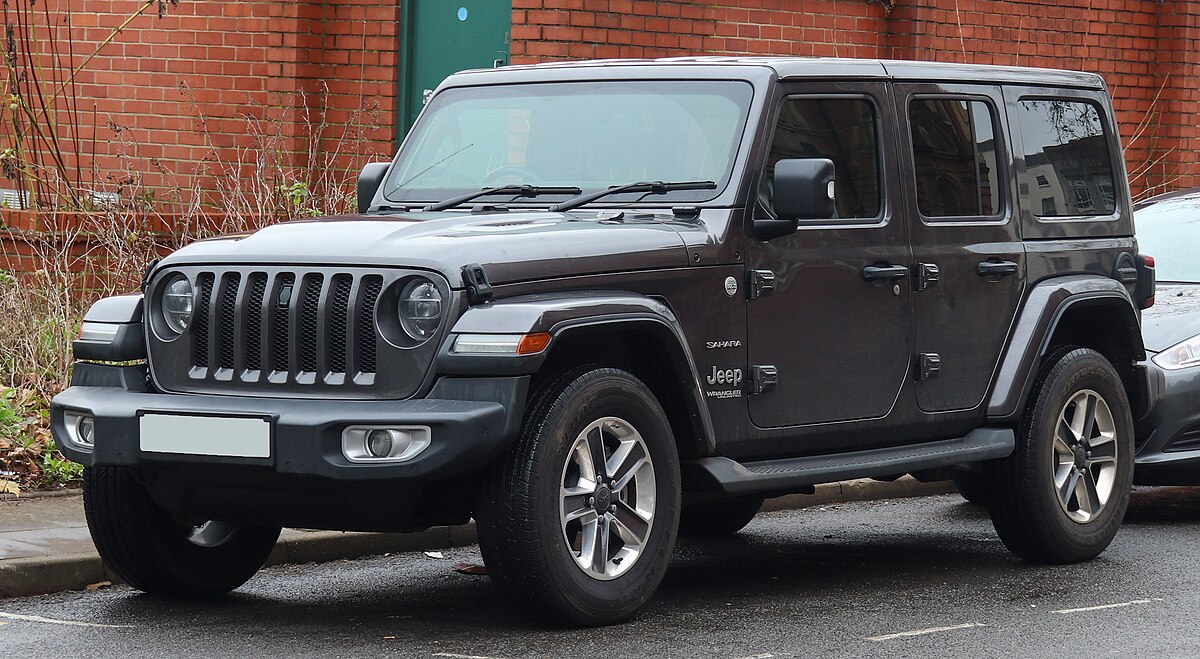
Its moderate price tag makes it less of a theft risk, and even with its open-air design, anti-theft technologies have improved significantly.
Safety-wise, new Wrangler models feature modern systems like electronic stability controls, roll mitigation, and advanced airbags, improving their appeal to insurers. While not as feature-laden as some rivals, these systems help reduce claim severity.
If you prefer a vehicle that can handle off-road excursions, weekend camping trips, and city commutes without costly insurance, the Jeep Wrangler is hard to beat.
4. Toyota RAV4
The Toyota RAV4 has become a staple on American roads, and it’s not just its practicality or fuel economy that makes this model so popular. One of the key financial advantages of owning a RAV4 lies in the vehicle’s impressively low insurance rates.
A major factor influencing this favorable insurance cost is the RAV4’s strong safety track record. Organizations such as the Insurance Institute for Highway Safety often rate the RAV4 highly in crash tests, particularly in the categories of side impact and rollover resistance.
These proven safety features greatly reduce the likelihood and severity of injury claims, making the RAV4 a safe bet for insurance companies.
Toyota outfits the RAV4 with standard advanced safety technologies across almost all trim levels. Innovative systems like Toyota Safety Sense include pre-collision warning, lane departure alert, pedestrian detection, and automatic emergency braking, all of which are designed to actively prevent accidents.
The presence of these systems means fewer claims are likely to be filed, and when claims are filed for minor accidents, the RAV4’s accessible and commonly available replacement parts help keep repair bills from escalating.
Pricing for parts and repairs is especially important when looking at insurance cost calculations, and the RAV4 excels here. Toyota’s extensive dealership and repair infrastructure mean drivers can usually expect quick, affordable fixes after any unfortunate mishap.
Parts are easy to obtain, and the RAV4’s modular design means repairs tend to require less labor than with complex, luxury vehicles.
Another often-overlooked reason the RAV4 shines concerning insurance is its owner demographic. Parents, professionals, and retirees all favor this vehicle for its sensible, practical image.

A broad driver base with good driving records means fewer high-risk situations another bonus in the eyes of insurers. Additionally, the RAV4 has moderate appeal with thieves, never ranking at the top of “most stolen” lists.
5. Mazda CX-5
For anyone searching for an SUV that’s as affordable to insure as it is to buy and own, the Mazda CX-5 routinely shows up among the top contenders.
Mazda has focused the CX-5’s appeal on secure, enjoyable driving, but they’ve also emphasized real-world safety, a major contributor to its low insurance costs.
Recent Mazda CX-5 models boast an impressive range of standard safety technologies under the i-Activsense® suite. These include advanced features like adaptive front lighting, blind spot monitoring, smart brake support, lane-keep assist, and rear cross-traffic alert.
Not only do these systems help drivers avoid accidents, but they also lead to fewer claims and reduced injury payouts. Insurance companies study these statistics carefully, rewarding vehicles equipped with such technologies through lower premiums.
The CX-5’s structure performs very well in safety tests, with ratings from both the National Highway Traffic Safety Administration and independent crash labs showcasing its ability to protect occupants in a variety of impact scenarios.
Durable materials and well-designed crumple zones further minimize the chances of expensive structural repairs after a collision.
Additionally, the Mazda CX-5 is not an especially high-profile or flashy car, so it’s rarely targeted by auto thieves.
Its popularity with families and professionals also means that, statistically, the owner base submits fewer complex claims compared to riskier demographics. Lower theft risk and fewer high-dollar liability claims are two major points in favor of the CX-5 when it comes time for insurers to set rates.
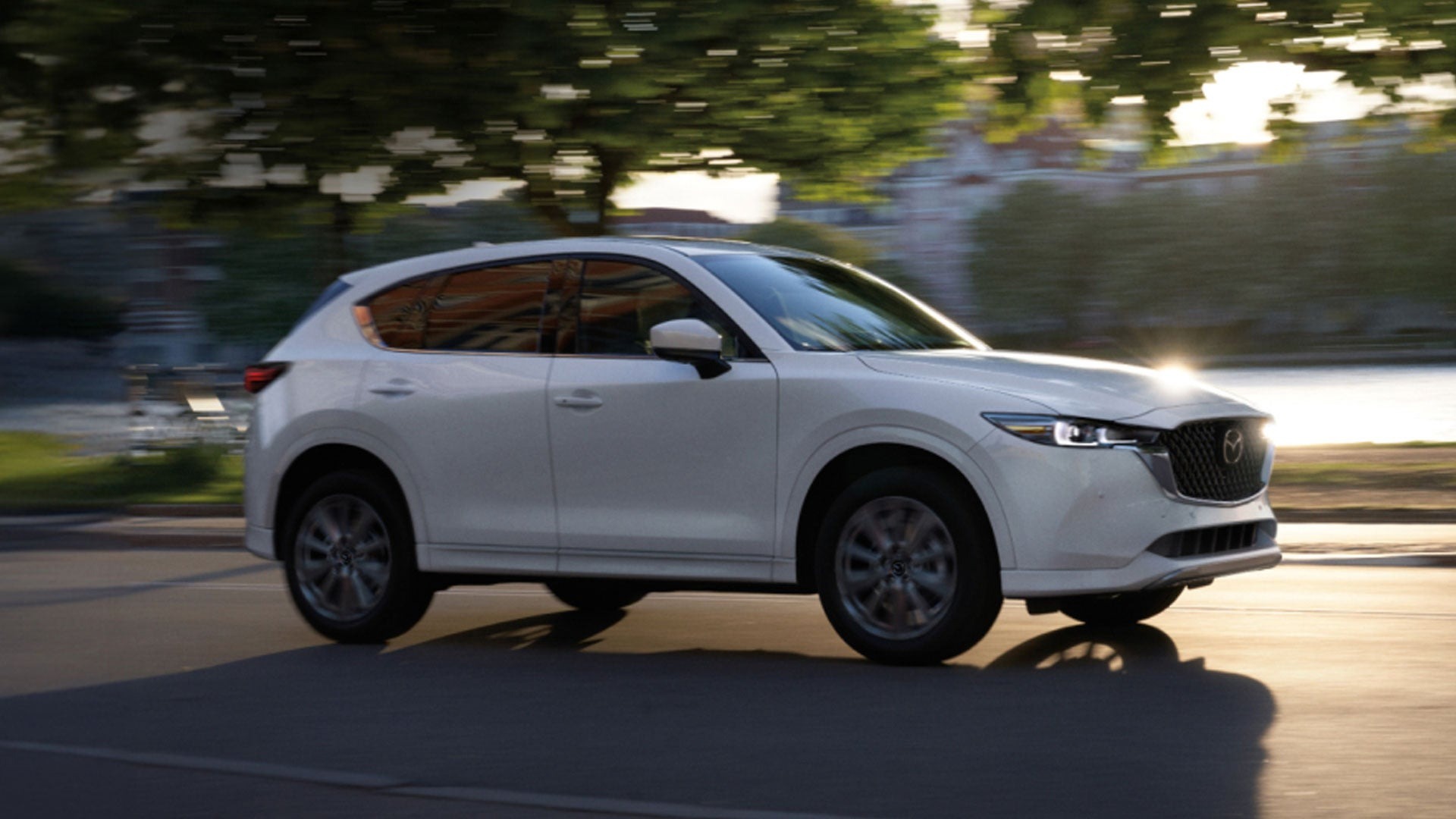
Another cost-saving element is the relatively low price of repairs and maintenance. Parts are easily accessible, and the widespread dealership network makes routine fix-ups quick and affordable.
6. Ford Escape
The Ford Escape is another compact SUV that offers a compelling blend of reasonable purchase price, reliability, and low operating costs, including affordable insurance.
What sets the Escape apart for many drivers is the brand’s long-standing reputation for representing American dependability, and the insurance industry clearly acknowledges this with budget-friendly rates.
Safety features come standard on most modern Ford Escape trims. The Ford Co-Pilot360™ suite includes blind spot detection, lane-keeping systems, automatic emergency braking, and rearview cameras.
These advanced driver-assist technologies are proven to reduce both the frequency and financial impact of accidents. Lower accident rates directly translate into lower insurance costs, as insurers have less risk on their books.
The Escape’s crash-test performance is strong in all major categories, frequently earning high marks in side-impact, frontal-impact, and roof-strength scenarios.
This offers peace of mind for drivers and passengers while also signaling to insurance underwriters that the probability of severe injuries is reduced. Fewer and less severe injuries mean smaller payouts by insurance companies, and those savings are passed on to owners in the form of reduced premiums.
In addition to safety, the Escape’s mechanical simplicity and availability of parts play a significant role in minimizing insurance costs.
The Escape benefits from Ford’s massive national network, making replacement parts and qualified service technicians widely accessible. This keeps repair costs and downtime to a minimum, important factors that keep related insurance claims affordable.
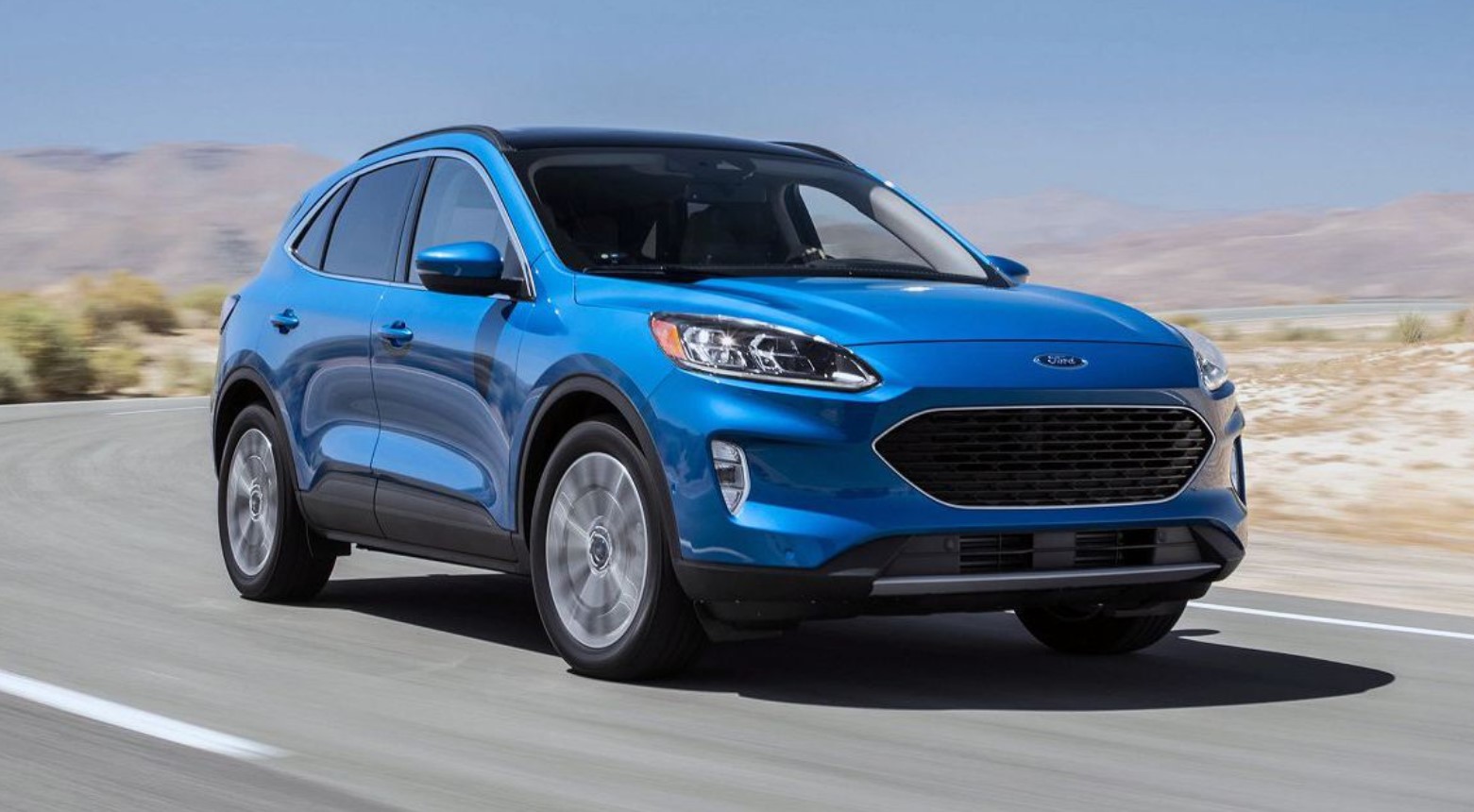
The Escape also appeals to a broad demographic, including commuters, families, and retirees. This diversity, with its emphasis on everyday reliability rather than risk-taking or thrill-seeking, is pleasing to insurers.
7. Hyundai Tucson
The Hyundai Tucson offers a standout combination of value, efficiency, and, importantly for many, consistently low insurance premiums.
Hyundai has engineered the Tucson not only to compete in a crowded crossover market but also to tick all the boxes insurance companies look for when calculating the lowest possible rates.
Safety is the first box checked with the Tucson. The vehicle is available with advanced driver-assist features, such as forward collision-avoidance assist, lane keeping assist, driver attention warning, and rear cross-traffic collision warning.
These practical technologies are not reserved for the top-tier trims; Hyundai has made them accessible even on entry-level models, encouraging safer driving and, ultimately, fewer insurance claims.
The Tucson’s crash safety record is strong, with solid ratings that confirm its ability to protect driver and passengers from harm in common collision scenarios. Its strong frame, plus use of high-strength steel, helps minimize structural damage and costly repairs after an impact.
Lower repair cost potential keeps insurance payouts on the lower side, which is a win for both insurers and car owners.
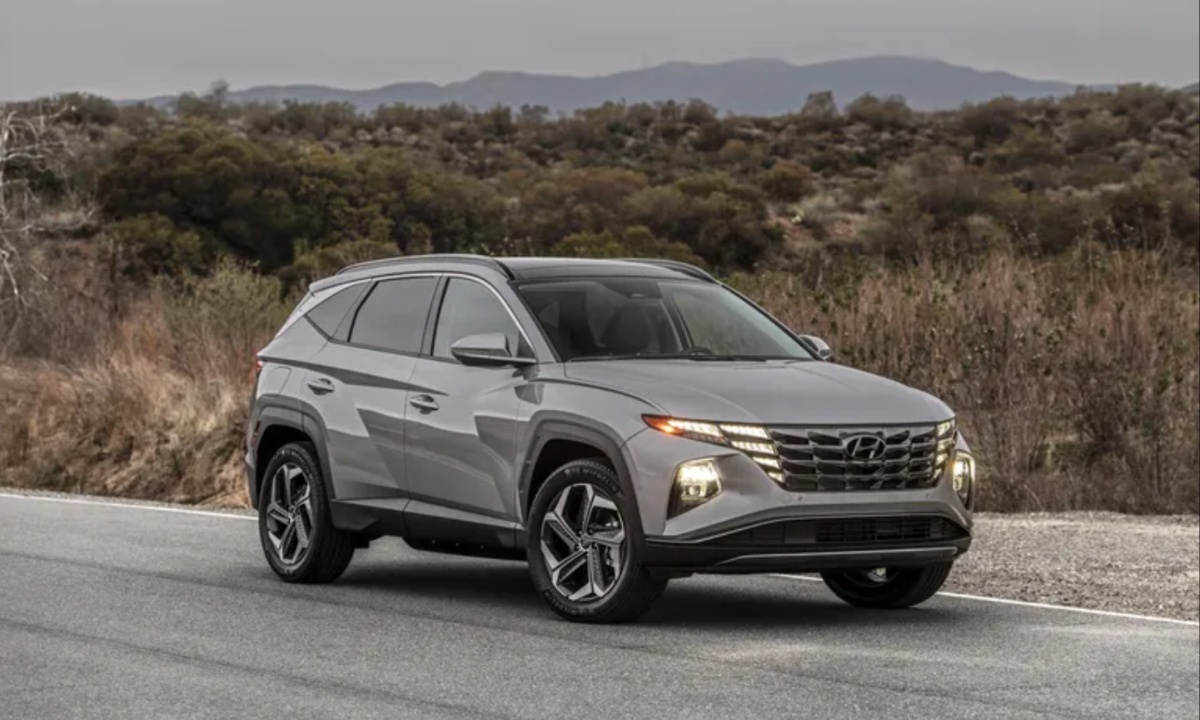
Part of the Tucson’s strong value proposition is its standing with its typical owner profile. Many buyers are families, working professionals, or retirees groups known for conscientious driving habits and fewer at-fault accidents. Insurance companies keep an eye on these trends, assigning more favorable premium rates as a result.
Hyundai’s reputation for reliability is another positive. Reliable vehicles are less likely to suffer breakdowns or require unexpected fixes, keeping both out-of-pocket repair and insurance costs manageable over time.
8. Kia Sportage
Rounding out this section is the Kia Sportage, which routinely scores points among budget-minded drivers seeking a crossover with appealing features and low insurance premiums.
Kia has made big strides combining affordability with durability, and the Sportage’s performance in the insurance market is one of the clearest indications of that success.
Insurance companies note the consistently high safety ratings achieved by the Sportage. With advanced engineering and features like forward collision-avoidance assist, lane keeping assist, and driver attention warning, the vehicle is built to prevent accidents before they occur.
Like its corporate cousin, the Hyundai Tucson, the Sportage ensures these technologies are widely available across its trim levels, not just reserved for the most expensive models.
Crash test agencies regularly assign top marks to the Sportage in a range of categories, suggesting that it offers strong protection for passengers in different types of collisions.
Strong crashworthiness always catches the attention of insurance providers, and lower predicted injury risk directly impacts premium calculations.
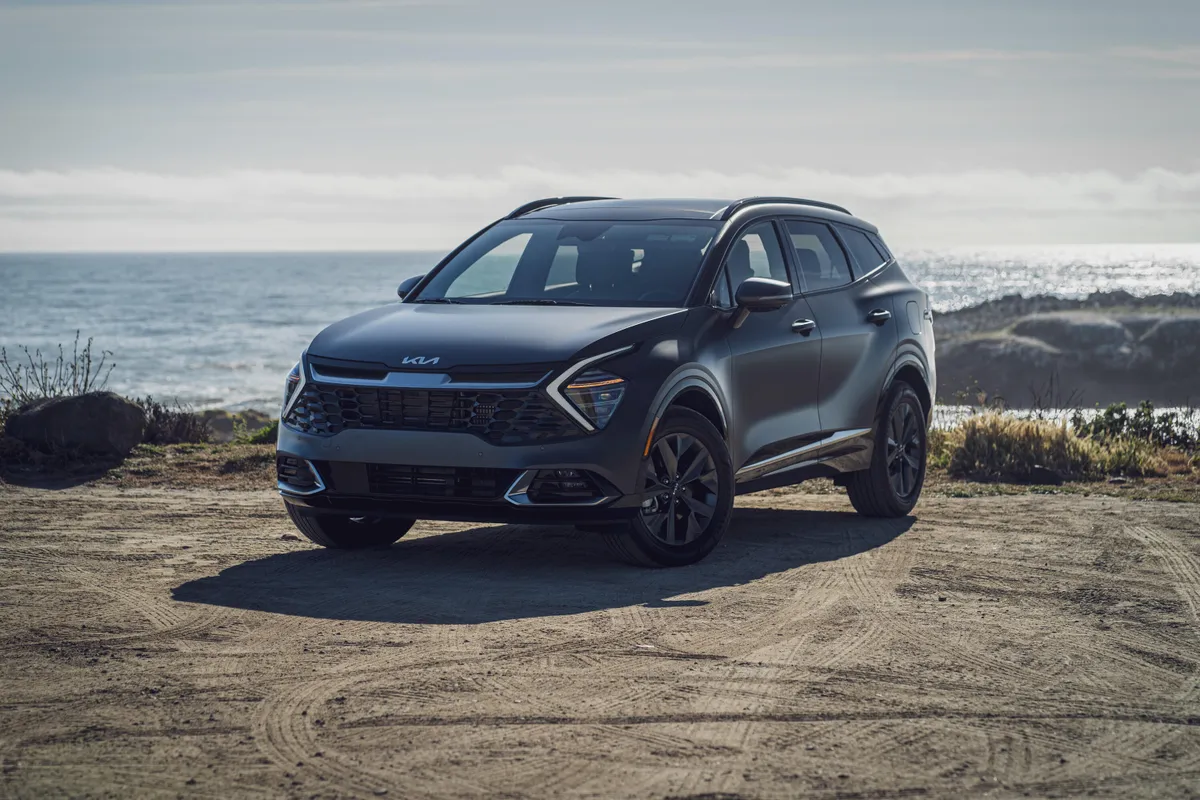
Repair and maintenance costs are another critical reason the Sportage enjoys lower-than-average insurance rates.
Kia’s commitment to supporting its vehicles with affordable spare parts and widespread service centres means that accidents don’t often translate into big replacement bills. This predictability in repair costs works in the favour of both insurance buyers and providers.
The typical owner profile for the Sportage is also a plus. It’s an attractive option for small families and practical-minded individuals, a group that keeps claim frequency lower than flashy or high-powered models.
9. Chevrolet Equinox
The Chevrolet Equinox often appears on lists of affordable-to-insure vehicles, and with good reason. It has built a reputation as a reliable and safe midsize SUV that appeals to a wide array of drivers, from young families to retirees.
This broad owner base, combined with excellent safety scores, plays a major role in keeping its average insurance premiums well below that of many rivals.
One of the strengths of the Equinox is its robust safety package. Features such as automatic emergency braking, lane-keeping assist, forward collision alert, and a rear vision camera come standard on most trims.
These preventative measures significantly reduce the number of road incidents, lowering the likelihood of insurance claims.
Test results from the National Highway Traffic Safety Administration and the Insurance Institute for Highway Safety are consistently favorable for the Equinox, indicating strong occupant protection in various crash scenarios.
Repair and maintenance costs are also budget-friendly. Chevrolet’s extensive dealership network and the ready availability of replacement parts ensure that damages can be repaired quickly and at a reasonable expense.
From an insurance company’s perspective, a car that’s inexpensive to repair means smaller claim payouts, which translates to lower premiums for drivers.
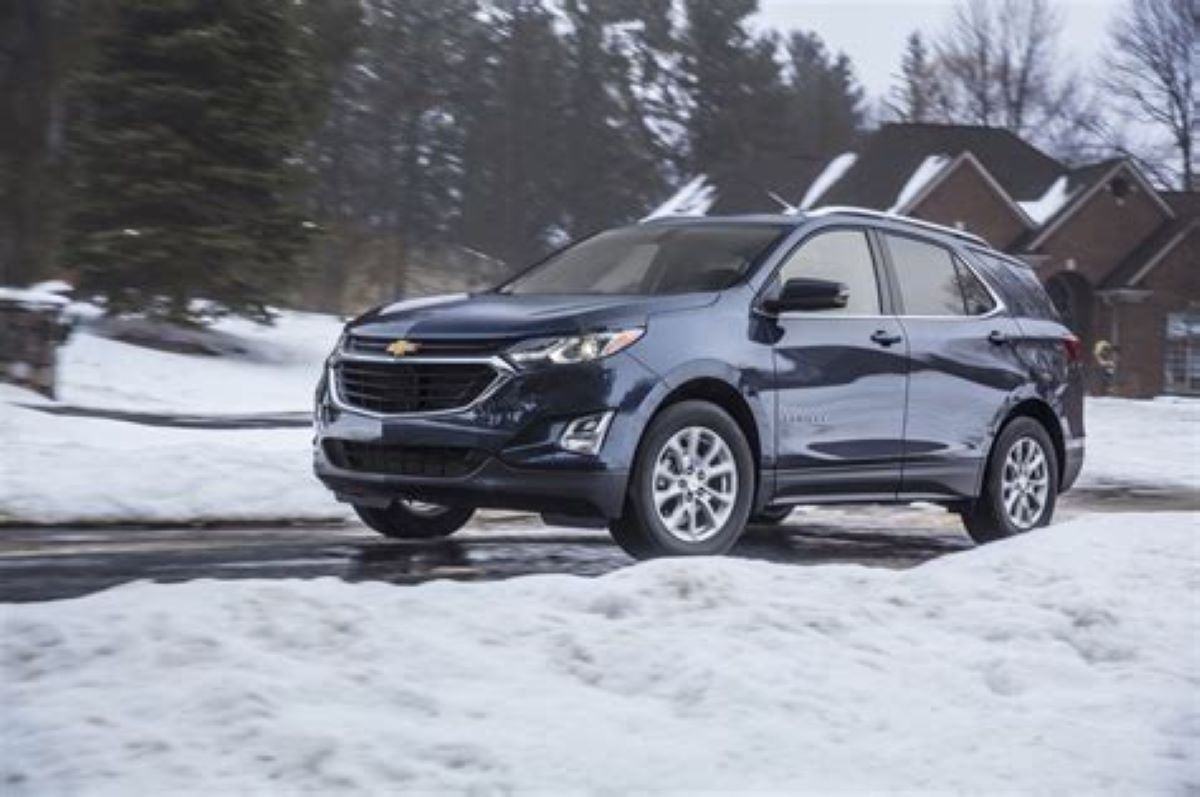
The Equinox also benefits from a theft risk that is lower than many competitors. It is not a frequent target for car thieves, and recent models include anti-theft technologies like engine immobilizers and enhanced alarm systems. Demographically,
Equinox buyers tend to include people who prioritize practicality over aggressive driving or risky modifications, further reducing the insurer’s risk exposure.
10. Nissan Rogue
The Nissan Rogue has steadily grown in popularity, and this demand isn’t just because of stylish updates or fuel efficiency.
The Rogue’s low insurance rates have also been a contributing factor in making it one of the most common compact crossovers on U.S. roads.
Insurers see the Rogue as a low-risk model, thanks to its combination of safety technology, reliable construction, and appeal to a careful and consistent driver demographic.
Recent models of the Nissan Rogue come standard with Nissan Safety Shield® 360, which includes features like automatic emergency braking with pedestrian detection, blind spot warning, lane departure warning, and rear cross-traffic alert.
These advanced systems are widely recognized by insurers as effective in preventing accidents, which in turn keeps claims and premiums low.
Crash-test performance is another of the Rogue’s strengths. Both the NHTSA and IIHS have awarded strong safety scores, indicating the Rogue’s ability to protect passengers in various accident scenarios.
This, combined with its manageable repair costs from a widely available parts supply, makes it an economical choice not just to buy but also to insure.
Owner demographics work in the Rogue’s favor, too. Families, working professionals, and older drivers make up much of its customer base.
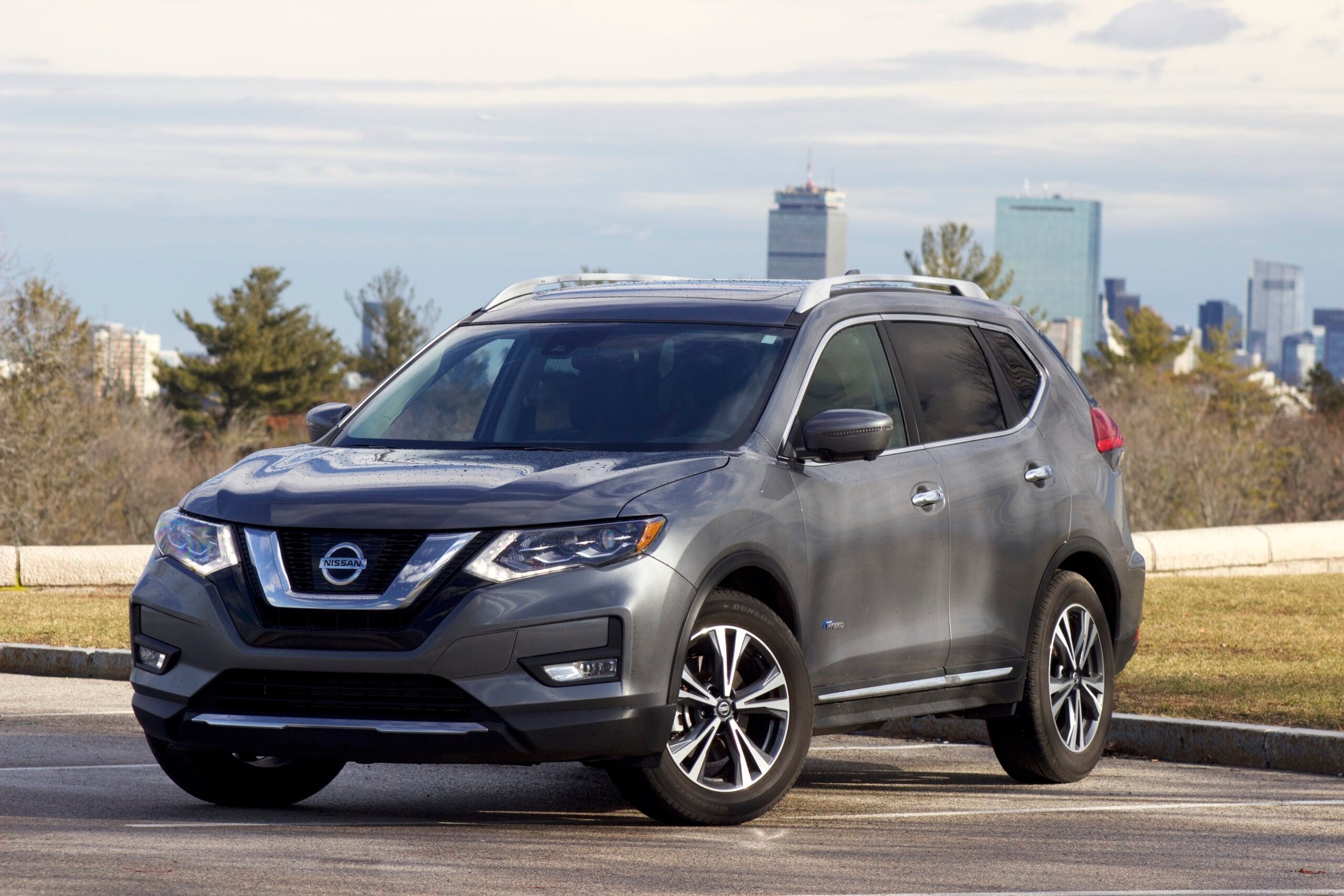
Statistically, these groups are less likely to engage in high-speed driving, risky maneuvers, or modifications that can increase insurance risk. In turn, this characteristic lowers predicted claim frequency.
The Rogue’s theft rate tends to stay on the lower side, also thanks to anti-theft technology, GPS tracking options, and immobilizers included in newer models.
Considering these factors, it’s easy to understand why the Nissan Rogue remains one of the go-to choices for a balance of comfort, affordability, and low ongoing insurance costs.
Also Read: 12 Vehicles That Handle Family Road Trips Without Stress

